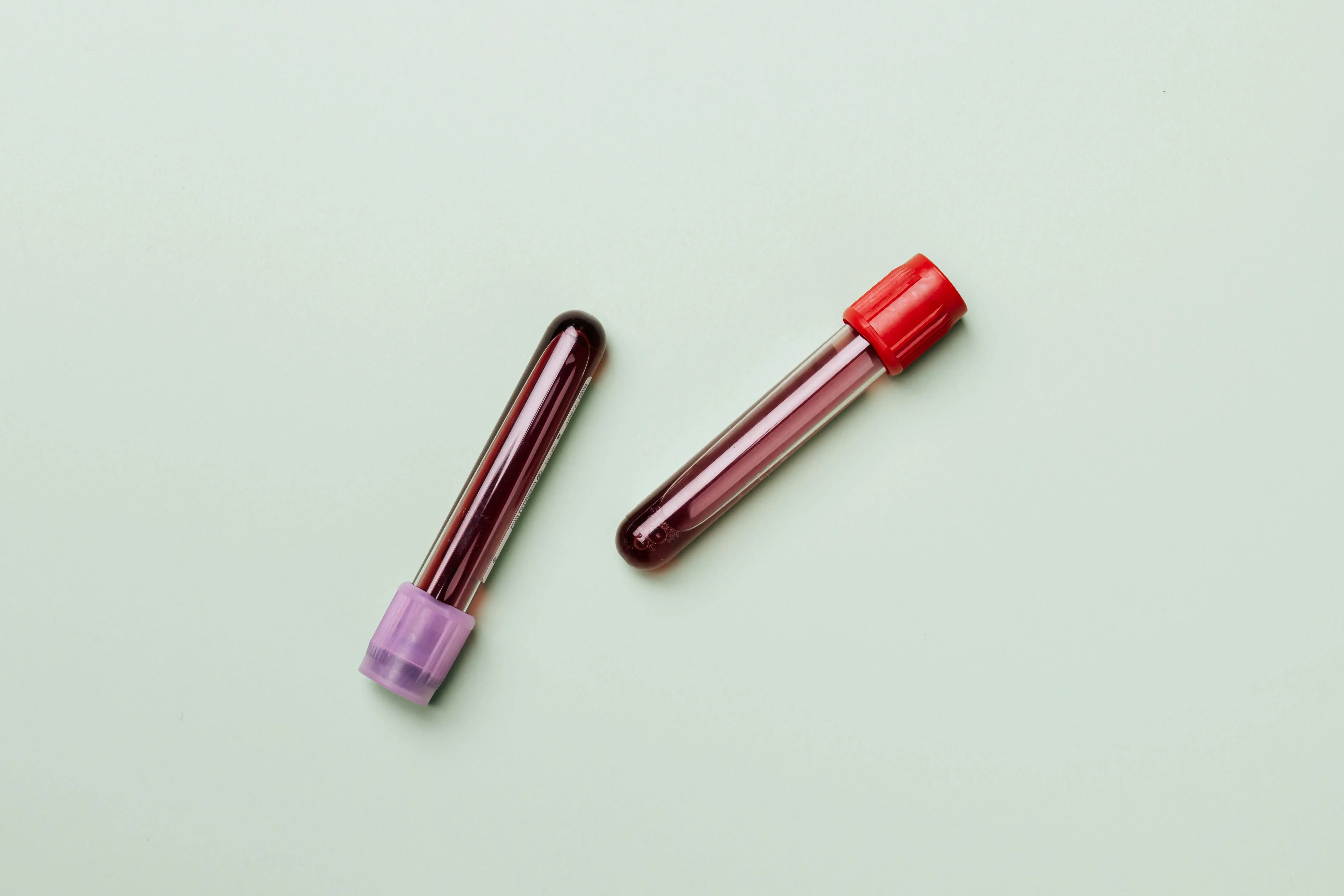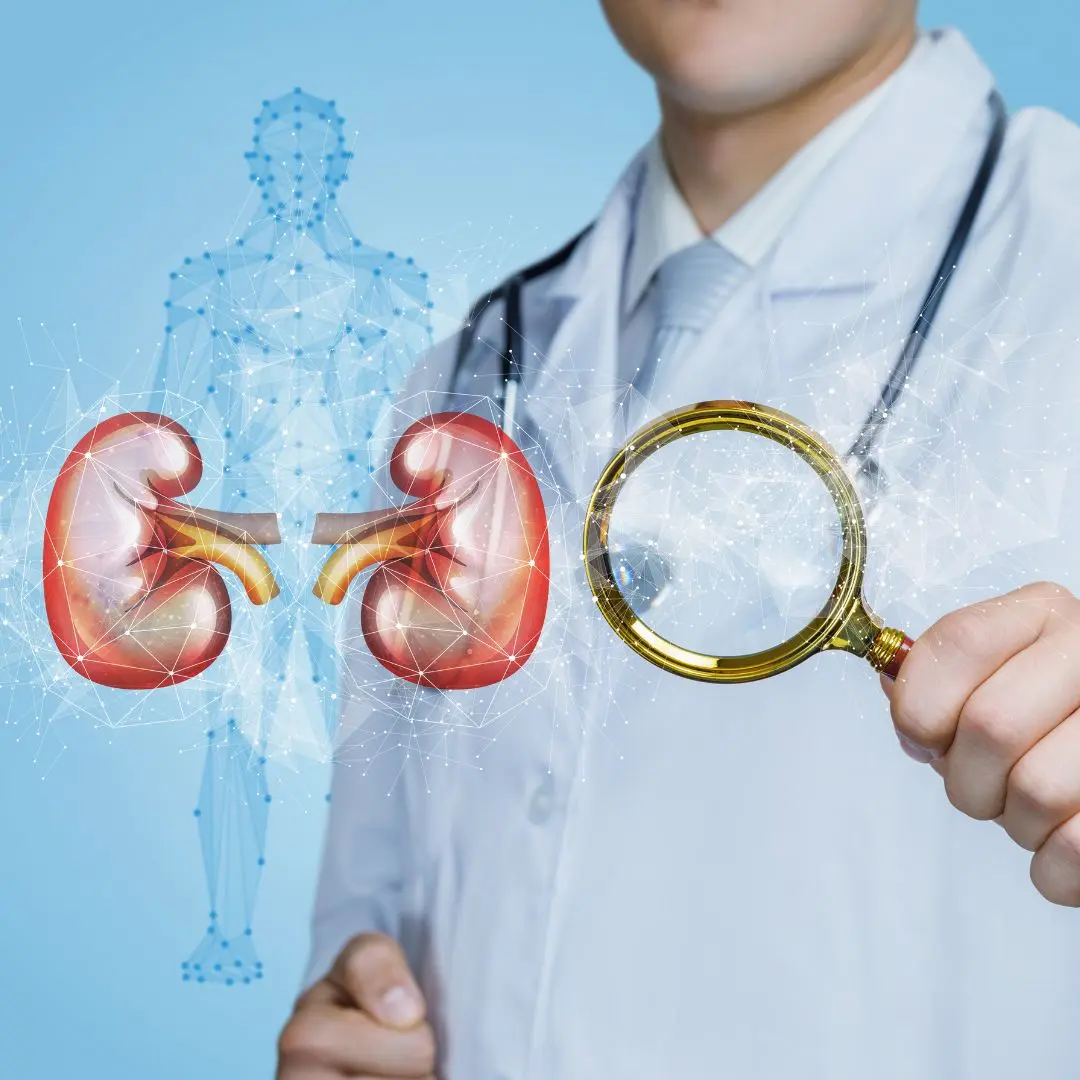The Widal test is a key diagnostic tool for typhoid fever caused by Salmonella Typhi. Understand its purpose, procedure, result interpretation, and limitations.

Blog
Widal Test for Typhoid Fever: Purpose, Procedure, and Accuracy
The Widal test is an essential diagnostic tool used for detecting typhoid fever, a life-threatening illness caused by Salmonella enterica serotype Typhi. This blog explores the Widal test in detail, including its importance, procedure, interpretation, and comparison with modern diagnostic methods. Learn how typhoid spreads and its correlation with malaria parasite transmission.
The Widal test is a serological test that detects the presence of specific antibodies (O and H agglutinins) against Salmonella Typhi in a patient’s blood serum. Developed by Georges-Fernand Widal in 1896, it has been used for over a century to diagnose typhoid fever, particularly in resource-limited settings.
The primary purpose of the Widal test is to diagnose typhoid fever in patients presenting with prolonged fever, abdominal pain, weakness, and gastrointestinal symptoms. This test is especially useful in developing countries where typhoid is endemic, and access to advanced diagnostic tools is limited. Early detection of typhoid can prevent complications such as intestinal perforation and septicemia.
The Widal test follows a structured protocol for accurate results:
A blood sample is drawn from the patient and processed to separate the serum. The serum contains antibodies that may react with the Salmonella antigen.
The serum is mixed with Salmonella O and H antigens in test tubes or on a slide to observe agglutination.
After mixing, the sample is incubated at 37°C for 16-24 hours, and the degree of agglutination is observed under a microscope.
The results of the Widal test depend on the agglutination levels observed:
A significant rise in O or H antibody titers (above 1:160) indicates active or recent typhoid infection.
Low antibody titers (below 1:80) suggest no active infection or an early-stage infection not yet detectable.
False positives may occur due to previous typhoid infections or cross-reactivity with other bacteria. Endemic regions often have individuals with naturally high baseline titers.
The Widal test is useful in endemic areas but has limitations such as cross-reactivity and false positives. Modern tests like blood cultures provide more accurate results.
The test usually takes 24-48 hours, depending on laboratory processing times.
Yes, managing blood sugar levels is crucial for typhoid recovery. Check out the sliding scale insulin chart guide for better diabetes management.
The Widal test remains a widely used diagnostic tool for typhoid fever, especially in areas with limited resources. However, for accurate confirmation, additional diagnostic tests like blood cultures and PCR should be considered where available.
HealthOK Global provides expert insights into disease prevention and diagnostic advancements. Call our 24x7 healthcare helpline at +91-8047190955.
The Widal test is a serological test that detects the presence of specific antibodies (O and H agglutinins) against Salmonella Typhi in a patient’s blood serum. Developed by Georges-Fernand Widal in 1896, it has been used for over a century to diagnose typhoid fever, particularly in resource-limited settings.
The Widal test is useful in endemic areas but has limitations such as cross-reactivity and false positives. Modern tests like blood cultures provide more accurate results.
The test usually takes 24-48 hours, depending on laboratory processing times.
Yes, managing blood sugar levels is crucial for typhoid recovery. Check out the sliding scale insulin chart guide for better diabetes management.
Need Personalized Health Guidance?
Get expert advice tailored to your specific health needs from our qualified healthcare professionals.





